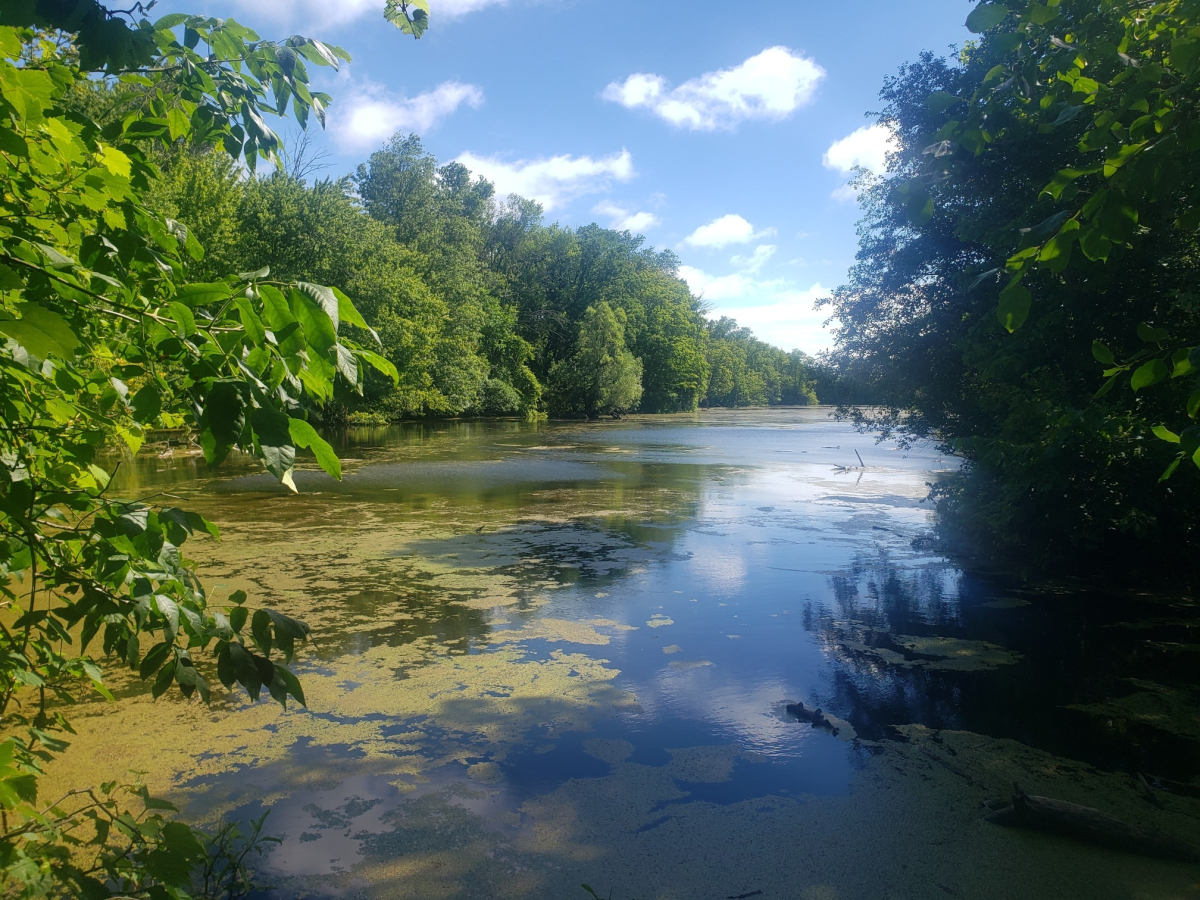Support strong Canadian climate journalism for 2025
The Impact Assessment Agency of Canada (IAAC) has announced funding to aid public participation in its assessment of Ontario's plan to open up protected Greenbelt lands near a national urban park for development.
The announcement follows last week's report by Ontario auditor general Bonnie Lysyk critiquing the provincial government's plan. Lysyk’s report found the Doug Ford government's 2022 decision to open parts of the protected Greenbelt was the result of a deeply flawed and biased process. It revealed that some areas chosen for development were handpicked by a political staffer and favoured three major developers, concluding the land wasn’t necessary to meet Ontario’s housing needs.
Federal Environment and Climate Change Minister Steven Guilbeault has ordered an impact assessment of more than half of the previously protected Greenbelt area located in the Duffins Rouge Agricultural Preserve (DRAP), adjacent to Rouge National Urban Park.
The study will be conducted by an independent expert committee and examine the potential effects of development projects adjacent to Rouge National Urban Park, located in Pickering, approximately 50 kilometres east of Toronto.
“The objectives of the Rouge National Urban Park Study are to understand the potential effects, including cumulative effects, of past, ongoing, and potential future development on the Rouge National Urban Park,” reads a statement from the agency. “The study will focus on the potential future development activities in lands adjacent to the Park, notably in the area known as the Duffins Rouge Agricultural Preserve, and the potential effects of these activities.”
Once appointed, the committee will have 18 months to complete the study, the statement said. A work plan is expected to be made public within three months, outlining the committee’s approach, timeline, methods for gathering and analyzing information, as well as opportunities for public and Indigenous participation and input, the statement added. Funding is available for eligible individuals, Indigenous Peoples and groups to support their participation throughout the study.
The DRAP is one of the most ecologically sensitive areas in Ontario. Covering a sprawling 4,700 acres of land east of Toronto, it’s home to more than 1,700 species, including 42 that are considered at risk. Until December 2022, the area was part of Ontario’s Greenbelt, which encompasses protected farmland, forests, wetlands, rivers and lakes.
The Ford government opened up Greenbelt land for development as part of the province’s commitment to build 1.5 million new homes across the province over the next decade. Part of that plan involves removing 7,400 acres of protected land from the Greenbelt, which the provincial government justifies by committing to add another 9,400 acres to the Greenbelt elsewhere.
“In addition to direct effects, the study will also consider the cumulative effects of other past, ongoing, and future physical activities in the Park, the Duffins Rouge Agricultural Preserve, federal lands adjacent to the Park, as well as other areas if they have the potential for effects within the Park's federal jurisdiction,” the IAAC statement reads.
A new report from the Wildlands League, exclusively shared with Canada’s National Observer, warns the development of the DRAP will compromise the ecological integrity of Rouge National Urban Park. The report specifically identifies two vulnerable wetland areas: a treed swamp within DRAP and the Townline Swamp, a provincially significant wetland near DRAP in Pickering. These wetlands serve as crucial connectors for wildlife movement between DRAP and the park, establishing essential links from the Greenbelt to Lake Ontario, according to the report.
The Ontario Ministry of Municipal Affairs and Housing says developments will require planning approvals from the municipality, and the province will require that environmentally sensitive areas are set aside and protected before any construction begins. The provincial government will return lands currently opened up for housing development to the Greenbelt if the conditions set by the government are not met and if progress on new homes does not adequately proceed by 2025, the ministry said.
This story was produced in partnership with Journalists for Human Rights for the Afghan Journalists-in-Residence program funded by the Meta Journalism Project.







Comments